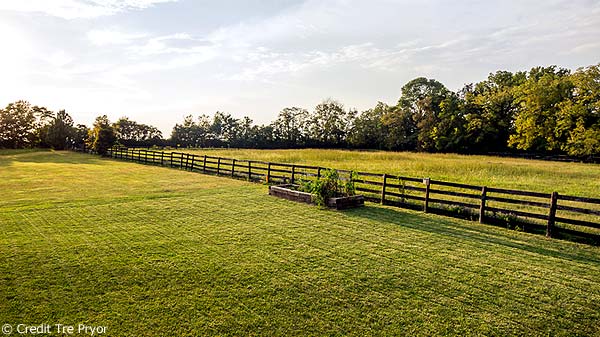Fence installation may seem like a typical and straightforward project for some homeowners until they factor in one important variable in the equation—their next-door neighbors. Technically, you don’t need your neighbor’s permission to build a fence between your properties. However, common courtesy dictates that you inform your neighbor about your plans of building a fence in advance. In this fence installation guide, we’re going to cover all the items you’ll want to address before anyone starts digging. Let’s begin!

Fence Installation Guide for New Homeowners
Keep in mind that you are building a structure on a shared boundary line with your neighbor, so you have to accord them some semblance of participation in the project. Read our fence installation guide to learn all the details.
According to the fence installation pros at Nelson Fence Co, it’s important to check up on your local state’s laws. Some states require homeowners to send a formal notice to their neighbors about the project at least 30 days before it commences.
Still, it would be advisable to talk to your neighbor personally about building a fence before he receives the notice. Here’s how you should go about planning and installing a fence while establishing a better relationship with your next-door neighbor at the same time.
1. Why Do You Want a Fence?
You have to determine and be definite about the reason why you want to build a fence on the boundary that you share with your neighbors.
- Are you building one for the safety of your pets and children?
- Do you want to build one to add privacy?
- Have you just always wanted the look of a fenced-in yard?
Your reason may include one, two or all of the reasons mentioned here. Consider all the different fence options and be sure about the type of fence that you want. Then you’re ready for step two.
2. Do Some Research on Local Fencing Rules, Regulations, and Codes
Do some research online and reach out to your local building department to ask for some information about local fencing codes and regulations. Contact the homeowner’s association if your neighborhood has one to ask if there are any existing restrictions and requirements when it comes to fences in your area. Among the usual regulations on fences, including the height of the fence, its location, style, and even materials.
3. Talk to Your Neighbor

This is one is a must-do when you are making plans to build a fence. It becomes even more important if you just moved into the neighborhood. Apart from being an act of courtesy, informing your neighbors about your plans may have the following benefits:
- Some states deem fences as having equal benefits for adjoining landowners and thus are equally responsible for the costs of building it unless otherwise agreed upon by both parties. In short, your neighbor might want in on the project and may agree to split the cost.
- Your neighbor can suggest a fence style that appeals to him.
- Once he agrees, you can politely ask him to have your agreement signed on paper.
4. Shop for a Contractor
A fence installation guide isn’t complete without the right contractor. When you shop around for your contractor, it will be a good idea to hire one that has previously built fences in your neighborhood.
Ask your homeowners association for referrals. Since you did some research earlier, you can communicate the kind, type, and the design of fence that you want with the contractor. Make sure that the contractor is licensed and has liability insurance. You can also check platforms like Find Fence Fast Here to locate trusted local contractors quickly and efficiently.
5. Update Your Neighbor Regularly
The contractor that you’ll hire for the job will likely inform you about the projected duration of the project and the kind of unavoidable noise that it will create. Vehicles delivering materials and personnel can also disrupt the otherwise peaceful neighborhood. Relay this information to your neighbor and it will also be ideal to update him regularly about the progress of the installation project.
Remember to make your neighbor feel that he has an important participation in the fence-building as it progresses. The more agreeable he is with how things are proceeding, the less chance of him getting in the way and giving you trouble.



